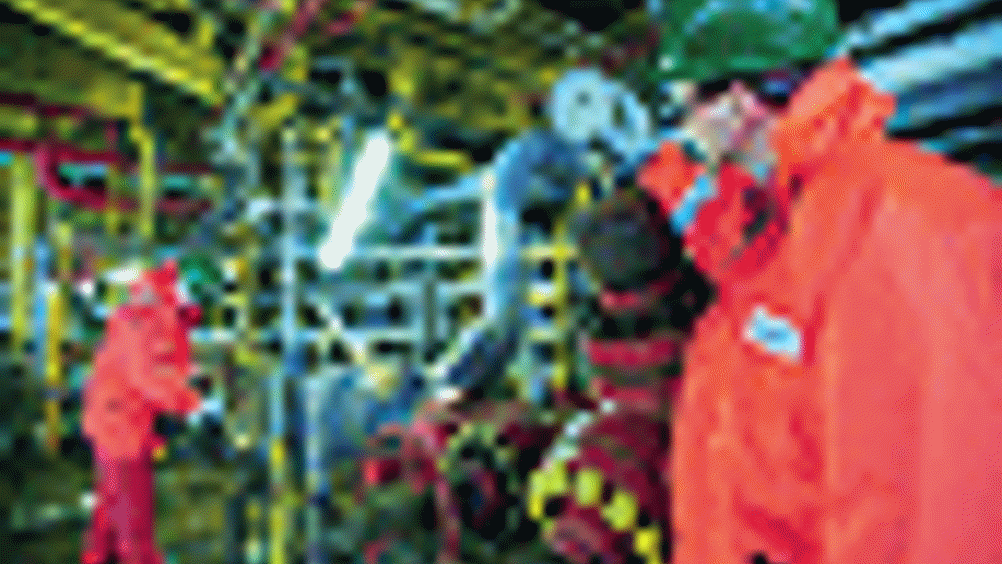Gas guzzlers
Ceramic tubes made from an advanced material can remove harmful emissions from power stations

Ceramic tubes that could cut most emissions from gas-fired power stations and coal and oil-fired generators have been developed by researchers at Newcastle University.
The tubes are made from an advanced material known as LSCF, or Lanthanum Strontium Cobalt Ferric Oxide.
Originally developed for use as the cathode in fuel cells, LSCF works by controlling the combustion process, as it can filter oxygen out of air. By burning fuel in pure oxygen, it is possible to produce a stream of almost pure carbon dioxide after combustion, which can be reprocessed into useful chemicals rather than having to be captured and stored.
The work was carried out in collaboration with Imperial College London, and has been led by Prof Ian Metcalfe and Dr Alan Thursfield in the School of Chemical Engineering and Advanced Materials at Newcastle.
The tubes have been successfully tested in the laboratory as part of a recent EPSRC project and have created interest within the energy industry, according to the university. Further tests on their durability are now being carried out, and the researchers are in talks with some of the UK's large power generators concerning future partnerships.
Register now to continue reading
Thanks for visiting The Engineer. You’ve now reached your monthly limit of news stories. Register for free to unlock unlimited access to all of our news coverage, as well as premium content including opinion, in-depth features and special reports.
Benefits of registering
-
In-depth insights and coverage of key emerging trends
-
Unrestricted access to special reports throughout the year
-
Daily technology news delivered straight to your inbox










CCC Report Finds UK Climate Targets Still Within Reach
In 1990 67% of the UK´s electricity came from coal-fired power stations and even without renewables the transition to gas was a major contributor to...